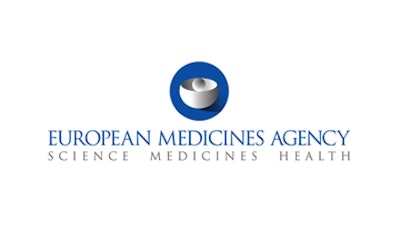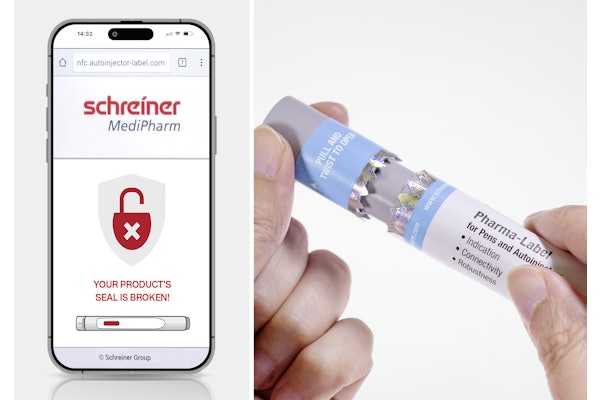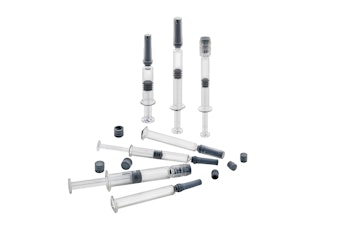
The European Medicines Agency (EMA), recently released a revised Guideline on clinical development of fixed combination medicinal products.
The guideline covers fixed combination (also referred to as fixed-dose combinations, FDCs) medicinal products containing two or more active substances within a single pharmaceutical form. The active substances may be known active substances or substances that have not yet been authorized in the EU. This guideline addresses the clinical development requirements of fixed combination medicinal products, which shall reflect their intended therapeutic use and indication.
This revised guideline revisited scientific requirements for the development of an FDC independent of chosen legal basis for submission of an application for marketing authorization.
Fixed combination medicinal products have been increasingly used due to the benefit of the combined effects of active substances given together. However, it is necessary to assess the potential advantages (e.g. product more rapidly effective, higher efficacy or equal efficacy and better safety) in the clinical situation against possible disadvantages (e.g. cumulative toxicity, difficult titration), for each fixed combination product and for each dose of the fixed combination product. Potential advantages of fixed combination products may also include the counteracting by one substance of an adverse reaction produced by another one, and simplification of therapy, leading to improved compliance.
Clinical development should correspond to each situation/intended claim. In addition, particular attention should be given to the doses of each active substance in the fixed combination product. Each dose combination should be scientifically justified and clinically relevant (e.g. in cases when each component of the fixed combination has several possible dosages, dosages that have shown benefit on hard clinical outcomes may be preferable for the fixed combination when compared with the dosages effective on surrogate endpoints only). The proposed combination should always be based on valid therapeutic principles.
When developing a fixed combination medicinal product, disease-specific guidelines should be considered with regards to which principles are considered valid in the therapeutic area.
The combination of active substances within a single pharmaceutical form of administration is a “fixed combination” medicinal product. This document provides guidance on the clinical strategy to be considered when developing a “fixed combination” medicinal product.
The scientific principles set out in this guideline are also applicable to a chemical substance that dissociates in vivo into two or more active substances.
The guideline does not address the requirements for combination packs, i.e. where active substances are included in separate pharmaceutical forms marketed in the same package.
This guideline should be read in conjunction with other relevant therapeutic EU guidelines.
The legal basis for applications concerning fixed combination medicinal products may vary depending on the particularities of the active substances in combination and the development undertaken on clinical development of fixed combination medicinal products, which is now open for consultation until Nov. 15, 2015.
The new guideline replaces the previous version—CHMP/EWP/240/95 Revision 1.
The European Medicines Agency EMA is a decentralized agency of the European Union, located in London. The agency is responsible for the scientific evaluation of medicines developed by pharmaceutical companies for use in the European Union. It began operating in 1995.





















